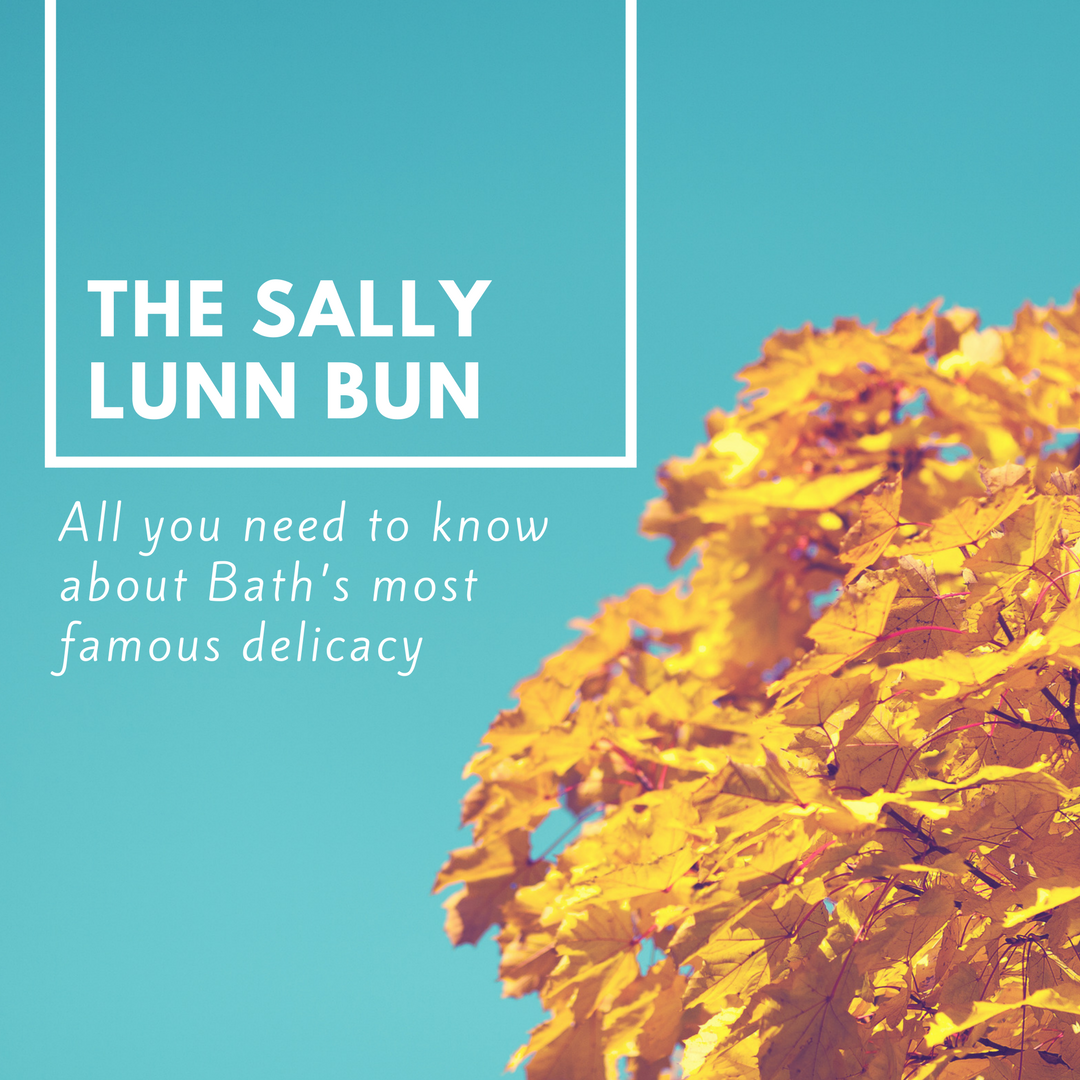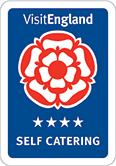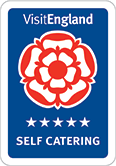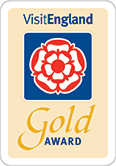
The Sally Lunn bun – all you need to know about Bath’s most famous delicacy
29 July 2017Head into the heart of Bath or stay at Bath Holiday Rentals’ bijoux apartment No. 10 and you’re bound to come across Sally Lunn’s Historic Eating House & Museum. This Bath institution is the birthplace of none other than the Sally Lunn bun, one of the city’s most famous culinary treats. The eating house is visited by thousands of eager tourists every year, but what is so special about the Sally Lunn bun?
It’s not a bun…
According to the Historic Eating House’s website, the Sally Lunn bun is not actually a bun – or at least not completely. It is part bun, part bread and part cake! This makes for a light-as-air brioche-style treat perfect served warm, sliced and with lots of butter. You can also enjoy the Sally Lunn bun with sweet toppings and it is often served as part of cream tea, a must if you’re visiting Bath.
Who was Sally Lunn?
The origins of Sally Lunn and her famous bun aren’t exactly clear. The most popular story in Bath is that she was actually a young Huguenot refugee called Solange Luyon who fled France in 1680 to avoid persecution. After finding work in a kitchen nearby and selling its baked goods in the streets around Bath Abbey, her colleagues – who reportedly had difficulty with the French pronunciation of her name, thus calling her Sally Lunn – discovered that Solange had a unique skill.
She began to bake a light, brioche-style bread similar to a festival bread you’d find at French celebrations. This new creation is said to have become very popular in Georgian England and customers were soon requesting the ‘Sally Lunn bun’.
The bakery
As well as sampling the famous bun, visitors to Bath also flock to see the building which housed the bakery. Sally Lunn’s Eating House is believed to be the oldest surviving house in Bath, dating back to 1482. The medieval building, which is Grade II listed is found at 4 North Parade Passage. This street used to be known as Lilliput Alley and was a part of the Bath Abbey site. Fascinatingly, the lowest floor level dates back to the reconstruction of the Abbey after a fire in 1137, and the masonry oven in the basement is from this time too.
Paying a visit?
A trip to Sally Lunn’s Historic Eating House & Museum is more than just a chance to tuck into a top-notch afternoon tea. The attraction also features a kitchen museum, which is just 30p entry per adult. The museum features the actual kitchen believed to have been used to create the very first Sally Lunn bun, as well as treasure trove of other finds and architects from Bath’s history.
It’s a charming place in which to spend an afternoon, giving you a real taste of historic Bath. The best place to stay if you’re planning a visit to Sally Lunn’s Historic Eating House is No.10, situated practically on the doorstep, but our spacious Hot Bath apartment over by the Thermae Bath Spa is also extremely convenient.




